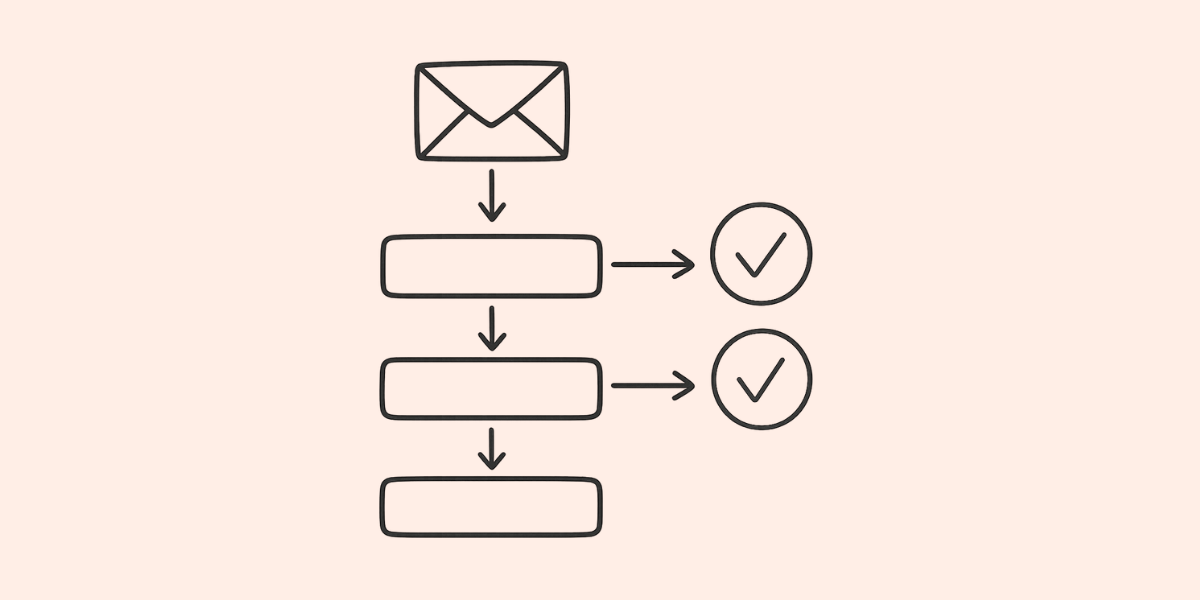
What Are HubSpot Sequences and How Are They Different from 1:1 Emails or Workflows?
If you’re looking to streamline your outreach, improve follow-ups, and free up time while staying personal with your leads, HubSpot Sequences are a game-changer. In this post, I’ll cover what sequences are, how they differ from 1:1 emails or workflows, when to use them, and best practices for getting started.
What is a Sequence?
A sequence in HubSpot is a series of emails and/or tasks designed to move a lead through your sales process. While sequences can be automated emails, they don’t have to be. You can:
-
Schedule automated emails
-
Assign tasks (call, LinkedIn connection request, manual follow-up)
-
Manually send an email when it makes sense
-
Include any custom task to support your outreach
Think of it as a flexible system for managing repetitive sales actions. For example, if you notice yourself sending the same follow-ups, making the same calls, or connecting with leads in LinkedIn repeatedly, a sequence can save time, keep things consistent, and remind you of next steps.
Tip: If you have LinkedIn Sales Navigator Advanced Plus, the native HubSpot integration allows you to include connection requests and InMails as part of your sequence tasks.

Sequences vs 1:1 Emails vs Workflows
| Tool | Purpose | Key Feature | Typical Use Case |
|---|---|---|---|
| 1:1 Email | Personal outreach | Manual | Reaching out to a specific lead individually |
| Sequence | Structured outreach | Emails + tasks (manual or automated) | Typically used by sales to follow up, nurture, or manage repetitive actions |
| Workflow | Automated processes at scale | Triggers, branching, multiple objects | Mostly used by marketing or operations for campaigns and process automation |
When Should You Use Sequences?
Sequences are ideal when you need structured follow-up and task management, but don’t want to lose the personal touch. Examples include:
-
Following up after a meeting at a conference or demo
-
Nurturing leads not yet ready to buy
-
Re-engaging cold or inactive contacts
-
Prospecting on multiple channels, including email, calls, and LinkedIn

Sequences run until a stopping condition is met. By default, this can be:
-
Contact replies to an email
-
Contact books a meeting (via the Hubspot meeting link)

Other conditions can be set up manually, eg:
-
Contact fills out a form
-
Contact visits a specific page on your website
You decide the stop condition based on the purpose of your sequence.
HubSpot’s Out-of-the-Box Sequence Templates
HubSpot provides ready-made sequence templates for a variety of common sales scenarios, so you don’t always have to build them from scratch. These templates cover:
-
Post-demo follow-ups
-
Re-engaging inactive contacts
-
Prospecting new leads
-
Nurturing leads who aren’t yet ready to buy
You can customize these templates with your emails, tasks, delays, and stopping conditions, making them fit your specific sales process. Using these templates is a fast way to get started and ensures your sequences follow proven best practices.
How to Get Started with Sequences
-
Define the purpose
Don’t just create a sequence for the sake of it—make it relevant. Are you nurturing, re-engaging, or prospecting? -
Map the touchpoints
Include both emails and tasks. Decide what can be automated and what requires manual action. -
Leverage templates
HubSpot sequences work with your email templates. -
Set delays between steps
Give leads time to respond before the next touchpoint. -
Include clear calls-to-action (CTAs)
Your email content should have a measurable CTA, eg: book a meeting, view a video, download content, visit a page etc. -
Use tasks strategically
Assign calls, LinkedIn requests, or manual emails as part of the sequence. If using LinkedIn Sales Navigator Advanced Plus, and have integration with Hubspot, tasks like connection requests and InMails can be part of the actions you can choose in your sequence settings. -
Enroll contacts and monitor performance
Track opens, clicks, replies, and task completion. This is what makes sequences more insightful than 1:1 emails—you can analyze the impact of your outreach systematically.
Do’s and Don’ts
Do:
- Personalize emails and tasks for the recipient
- Include clear calls-to-action (CTAs) in every touchpoint
- Combine manual and automated actions strategically
- Conduct A/B testing to see what works best
- Use sequences for repetitive actions
- Track data to optimize results
Don’t:
-
Spam contacts or overload them with too much information
-
Use sequences when the process is highly personalized—1:1 emails are better suited for that
-
Use the same sequence for all contacts; segment by persona or stage
-
Ignore engagement metrics—adjust based on data
Checklist:
-
Sequences are flexible, sales-oriented tools combining automated emails and manual tasks.
-
They are most effective for repetitive outreach actions, not just “because you can.”
-
Sequences stop automatically when a contact engages or completes a task.
-
Every touchpoint should include a clear call-to-action.
-
Use sequences strategically, monitor analytics, and refine your approach—this is what makes them more powerful than simple 1:1 emails.
-
HubSpot’s out-of-the-box sequence templates help you get started quickly and follow best practices.




